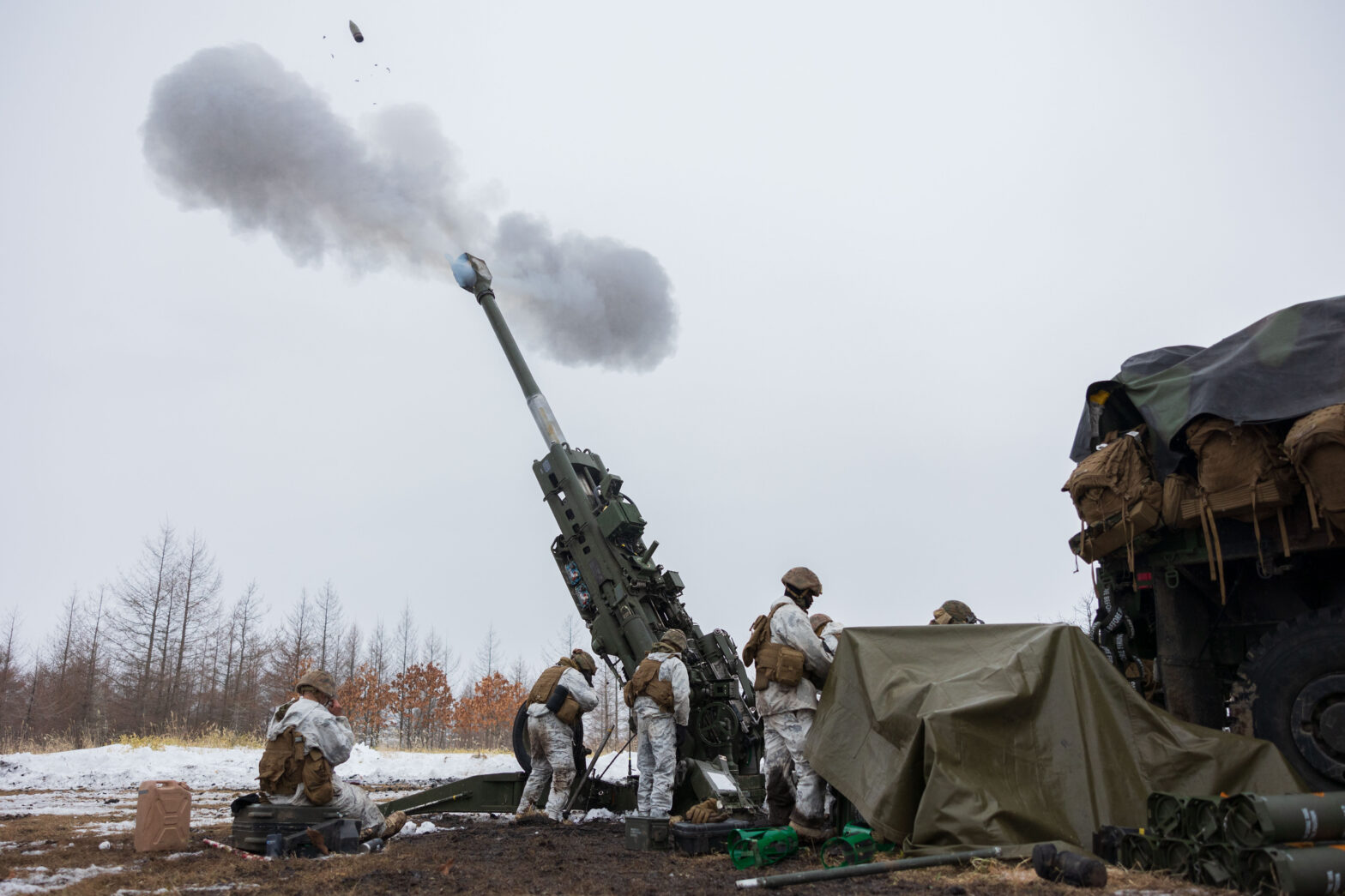One vital step in addressing the impact of repeated subconcussive exposures on readiness is to monitor and quantify exposures to low-level blasts.
There is a DOD program called CONQUER which “…is an operational monitoring program whose main objective is to provide reports to units and commands on the magnitude and frequency of blast exposure during training.” [1]
This study by Wiri, S. et al. 2023, has a lot of great data and insights from the CONQUER program and I highly recommend you read the full paper.
One data value they reported was on maximum peak overpressure of various weapon systems. For example, they found explosive breaching had a maximum peak overpressure of 50.3 kPa, shoulder fired weapons of 90.3 kPa, artillery of 44.1 kPa, mortars 53.8 kPa, and 0.50 sniper rifles (M107) of 44.1 kPa.
They also provided data on number of waveforms, maximum peak over-pressure impulse (kPa-ms), average number of days with exposures, and more.
Again, I highly recommend you read the full paper as you will interpret their findings from a different lens than mine.
This is important work as it lays the foundation for further understanding of the impacts of these exposures on brain health, as well as empowers command to make informed decisions to manage the dichotomy of readiness and repeated low-level blast exposures.
Some of the future research I hope to see that can be built from this program is looking at potential individual differences to the same exposure.
For example, I am curious as to whether my brain, as an average build female, has the same physiological neurotrauma response as the average 18B (who have a very different average physical build than myself) when exposed to the same low-level blast. I would hypothesize the answer is no.
I would also be curious to know how an individual’s response to the same exposure changes over time. Is a person’s brain’s response to the 10th breach the same as to the 100th? Again, I would hypothesize no.
I think this program is exciting and really speaks to how leadership is taking this problem seriously.
What information do you hope comes from this program? How could that impact how you train?
References:
- Wiri, S., Massow, T., Reid, J., Whitty, J., Needham, C. E., & Duckworth, J. L. (2023). Dynamic monitoring of service members to quantify blast exposure levels during combat training using BlackBox Biometrics Blast Gauges: explosive breaching, shoulder-fired weapons, artillery, mortars, and 0.50 caliber guns. Frontiers in neurology, 14, 1175671.
